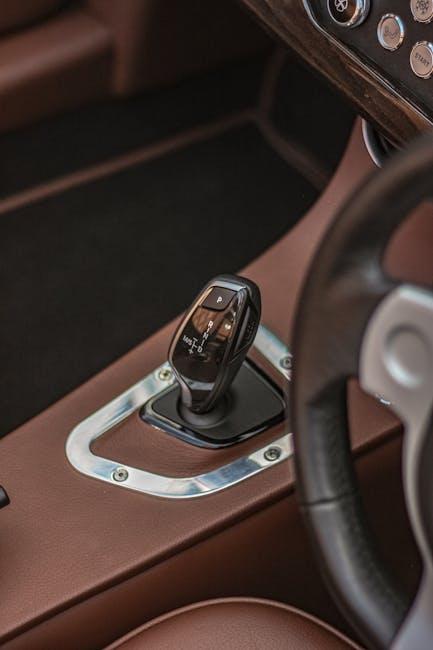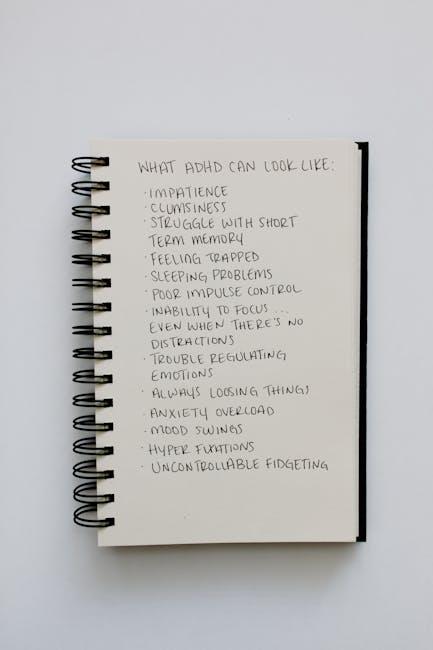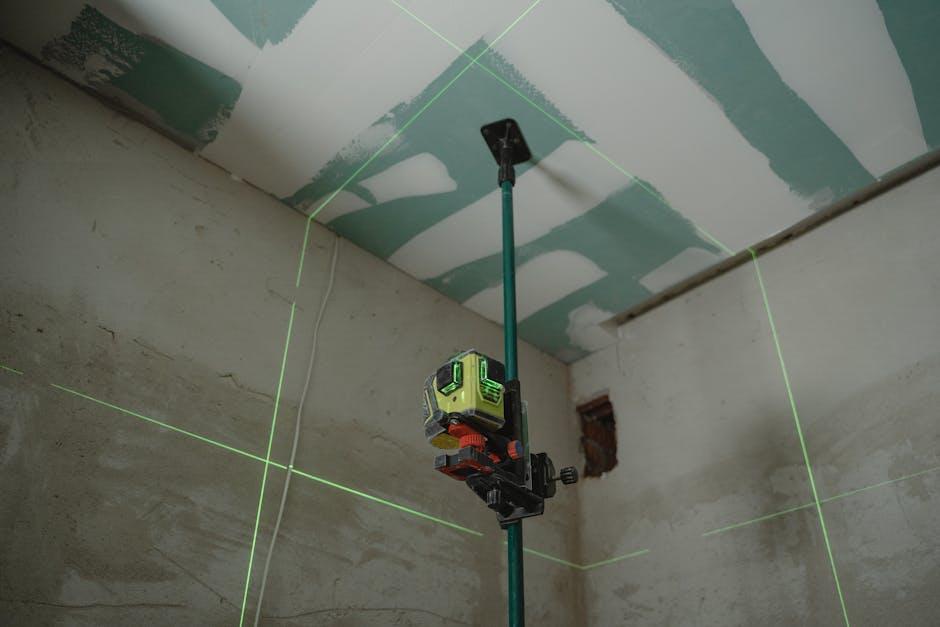Imagine cruising down a quiet road when suddenly, your hands begin to tremble ever so slightly on the steering wheel. The subtle vibrations grow, transforming your calm drive into an unsettling experience. One common culprit behind this unsettling shaking might be hiding in plain sight: poor alignment. But can something as seemingly simple as misaligned wheels truly send your car into a shaky frenzy? In this article, we’ll explore the connection between poor alignment and shaking, unraveling the science beneath the wobble and offering clarity to drivers seeking a smoother ride.
Table of Contents
- Understanding the Link Between Poor Alignment and Vehicle Shaking
- How Misalignment Affects Steering and Suspension Systems
- Identifying Symptoms of Shaking Caused by Alignment Issues
- The Role of Tire Wear in Alignment-Related Vibrations
- Professional Alignment Checks and When to Seek Help
- Maintaining Proper Alignment for a Smooth and Safe Ride
- Q&A
- Concluding Remarks

Understanding the Link Between Poor Alignment and Vehicle Shaking
When your vehicle experiences shaking, one often overlooked culprit is the subtle misalignment of the wheels. Poor alignment shifts the weight distribution unevenly across the tires, causing vibrations that can be felt through the steering wheel or the entire chassis. This persistent imbalance not only compromises the smoothness of your ride but also accelerates tire wear, which in turn enhances the shaking sensation. Essentially, the wheels no longer track straight, creating a constant tug-of-war effect as the vehicle fights to maintain a proper grip on the road.
Key factors linking alignment issues to vehicle shaking include:
- Uneven tire pressure exacerbates the wobble caused by misalignment.
- Worn suspension components magnify the effect of poor wheel positioning.
- Incorrect camber or toe angles can trigger subtle steering wheel vibrations.
- Misaligned wheels increase rolling resistance, causing the vehicle to shake at higher speeds.
| Symptom | Cause | Effect |
|---|---|---|
| Steering wheel vibration | Wheel misalignment | Reduced driving comfort |
| Uneven tire wear | Incorrect camber/toe angles | Shortened tire lifespan |
| Vehicle pulling to one side | Poor alignment geometry | Increased fuel consumption |

How Misalignment Affects Steering and Suspension Systems
When your vehicle’s alignment is off, it sets off a chain reaction that directly impacts its steering and suspension components. Misalignment causes the tires to tilt or point in incorrect directions, which forces the steering system to compensate constantly, leading to uneven tire wear and tension in suspension parts. Over time, this uneven stress can cause the steering wheel to shake, especially at higher speeds, as the system struggles to maintain balance and control. The suspension, designed to absorb shocks and keep the ride smooth, instead fatigues more rapidly, resulting in a harsher, less responsive driving experience.
Several key factors illustrate how misalignment can disrupt the synergy between steering and suspension:
- Uneven Tire Wear: Tires wear unevenly, causing vibration that travels up to the steering wheel.
- Suspension Stress: Components like tie rods and ball joints bear extra load, increasing the chance of premature failure.
- Reduced Handling Precision: The vehicle may pull to one side, making steering corrections constant and tiring.
| Effect | Significance |
|---|---|
| Steering Wheel Vibrations | Indicative of uneven tire contact and suspension imbalance |
| Pulling to One Side | Caused by improper wheel angles, leading to misdirected force |
| Squeaking or Clunking Noises | Result of worn suspension parts under abnormal stress |

Identifying Symptoms of Shaking Caused by Alignment Issues
When your vehicle starts shaking, it’s often a sign that something is amiss beneath the surface. One common culprit is poor alignment, which disrupts the harmony between your tires and the road. You might notice a vibration in the steering wheel, particularly at higher speeds, or an uneven wear pattern on your tires, which signals that the wheels aren’t pointing in the right direction. Another distinct symptom is a persistent pull to one side, forcing you to constantly correct your direction to keep the car straight. These subtleties often go unnoticed until the shaking becomes more pronounced, affecting your driving safety and comfort.
To diagnose alignment-related shaking, pay close attention to how your vehicle behaves in different conditions. Here are some red flags to watch for:
- Steering wheel vibrations during acceleration or cruising
- Tire wear that seems irregular or quicker on one side
- Pulling sensation as you drive on level roads
- Steering wheel off-center even when driving straight
| Symptom | Possible Cause | Impact |
|---|---|---|
| Steering Wheel Vibration | Misaligned wheels | Reduced driving comfort |
| Uneven Tire Wear | Incorrect toe or camber settings | Shortened tire lifespan |
| Vehicle Pulling | Alignment imbalance | Safety hazard on roads |

The Role of Tire Wear in Alignment-Related Vibrations
Uneven tire wear often acts as the sneaky culprit behind those unsettling vibrations felt through your steering wheel or vehicle body. When your car’s alignment is off, tires don’t meet the road evenly, which can cause accelerated wear on one side or specific patches of the tread. This irregular contact pattern not only wears tires prematurely but also creates imbalances that translate directly into shaking. Over time, even slight misalignment can turn your tires from smooth round surfaces into uneven, jittery obstacles that disrupt your driving comfort and safety.
Consider this simple comparison table showcasing how different tire wear patterns can influence vibration severity:
| Wear Pattern | Cause | Vibration Effect |
|---|---|---|
| Feathered edges | Misaligned toe angles | Moderate shaking at higher speeds |
| One-sided wear | Incorrect camber angle | Strong vibrations and pulling sensation |
| Center wear | Over-inflation, less alignment related | Minimal to no vibration impact |
Proper alignment helps tires wear evenly by ensuring all wheels roll straight, which reduces the chances of wobbling caused by irregular tread contact. Regular tire inspections combined with alignment checks can pinpoint these issues early, preventing the shaky ride that many drivers associate with “bad alignment.” Your tires are essentially the vehicle’s connection point to the road—keeping them healthy and properly aligned is crucial for a smooth, stable drive.

Professional Alignment Checks and When to Seek Help
When your vehicle starts to shake, it’s often a sign that professional alignment checks are overdue. Experts typically recommend an alignment inspection every 12,000 miles or if you notice uneven tire wear, steering wheel vibrations, or your car pulling to one side. During a professional assessment, technicians use precise measuring tools to ensure your wheels are set to the manufacturer’s exact specifications. This meticulous process can prevent further damage and enhance your driving safety.
Knowing when to seek help is crucial. If you’re experiencing any of the following symptoms, it’s time to book an alignment check immediately:
- Steering wheel shaking at certain speeds
- Uneven or rapid tire wear
- Your vehicle drifting during straight-line driving
- Unresponsive handling or difficulty maintaining control
| Symptom | Possible Cause | Recommended Action |
|---|---|---|
| Shaking Steering Wheel | Misaligned wheels or unbalanced tires | Alignment and balancing check |
| Uneven Tire Wear | Incorrect camber or toe setting | Professional alignment service |
| Pulling to One Side | Alignment deviation | Immediate wheel alignment |

Maintaining Proper Alignment for a Smooth and Safe Ride
Ensuring your vehicle’s wheels are correctly aligned plays a pivotal role in delivering a comfortable and stable driving experience. When alignment drifts out of specification, your vehicle’s suspension and steering systems struggle to maintain balance, leading to uneven tire wear and vibrations that can cause noticeable shaking. Proper alignment helps distribute weight evenly across all tires, significantly reducing strain on the steering components and improving overall road handling at various speeds.
Maintaining correct alignment is not just about smoothness; it’s a crucial safety factor. Cars with misaligned wheels might pull to one side, requiring constant driver correction, which can increase fatigue and the risk of accidents. Below is a quick checklist to keep your vehicle on track:
- Regularly check tire pressure and condition
- Schedule professional alignment inspections after suspension repairs or impact incidents
- Monitor your steering response for any pulling or wandering
- Replace tires when tread wear becomes uneven or excessive
| Symptoms of Poor Alignment | Suggested Action |
|---|---|
| Steering wheel vibrations at high speeds | Alignment check and tire balance |
| Vehicle pulling to one side | Wheel alignment adjustment |
| Uneven tire tread wear | Tire rotation and alignment |
| Unusual tire noises during turns | Brake and alignment inspection |
Q&A
Q: Can poor alignment cause shaking in a vehicle?
A: Yes, poor wheel alignment can indeed cause shaking while driving. When the wheels are misaligned, they don’t point in the correct direction or sit properly relative to the road. This imbalance leads to uneven tire contact and wear, which often manifests as a shaking or vibrating sensation through the steering wheel or the entire car.
Q: How does misalignment specifically lead to shaking?
A: Think of your car’s wheels as dancers moving in sync. If one dancer steps out of line, the whole performance feels off. Similarly, misaligned wheels make tires roll unevenly, causing uneven tread wear and disrupting the smooth rotation. This uneven movement triggers vibrations that you can feel as shaking.
Q: Is shaking due to poor alignment constant or intermittent?
A: Shaking caused by alignment issues usually kicks in at certain speeds, often noticeable above 40-50 mph. However, depending on the severity of misalignment and tire condition, it might be present at lower speeds or even when braking or turning.
Q: Can poor alignment also cause uneven tire wear?
A: Absolutely. One of the hallmarks of misaligned wheels is uneven tire wear patterns—like bald spots, excessive wear on one edge, or cupping. These irregularities worsen over time, contributing to increased shaking and potentially compromising vehicle safety.
Q: How can I tell if my car’s shaking is due to alignment problems or other issues?
A: While poor alignment is a common cause of shaking, other components like unbalanced tires, worn suspension parts, or brake problems can mimic these symptoms. A professional alignment check along with a suspension and tire inspection helps pinpoint the root cause.
Q: What should I do if I suspect poor alignment is causing shaking?
A: Schedule a wheel alignment service promptly. A certified technician will adjust the angles of your wheels—camber, toe, and caster—to manufacturer specifications, restoring smooth handling and reducing tire wear. Addressing alignment early can prevent costlier repairs down the road.
Q: Can I prevent poor alignment and shaking?
A: Regularly checking tire pressure, avoiding potholes and curbs, and getting periodic alignment inspections are key steps. Maintaining good suspension components and rotating tires can further help keep your ride smooth and steady.
In essence: Poor alignment is a sneaky culprit behind that unsettling shake in your car. By keeping your wheels properly aligned, you ensure a safer, smoother, and more enjoyable drive.
Concluding Remarks
In the intricate dance between your vehicle and the road, alignment plays a subtle yet pivotal role. While poor alignment may seem like a minor nuisance, it can indeed lead to unsettling shaking, affecting both comfort and safety. Understanding this connection not only helps in diagnosing the root of those vibrations but also underscores the importance of regular maintenance. So, the next time your steering wheel trembles or your ride feels less smooth, remember—sometimes, the key to calm lies in the quiet precision of proper alignment.
